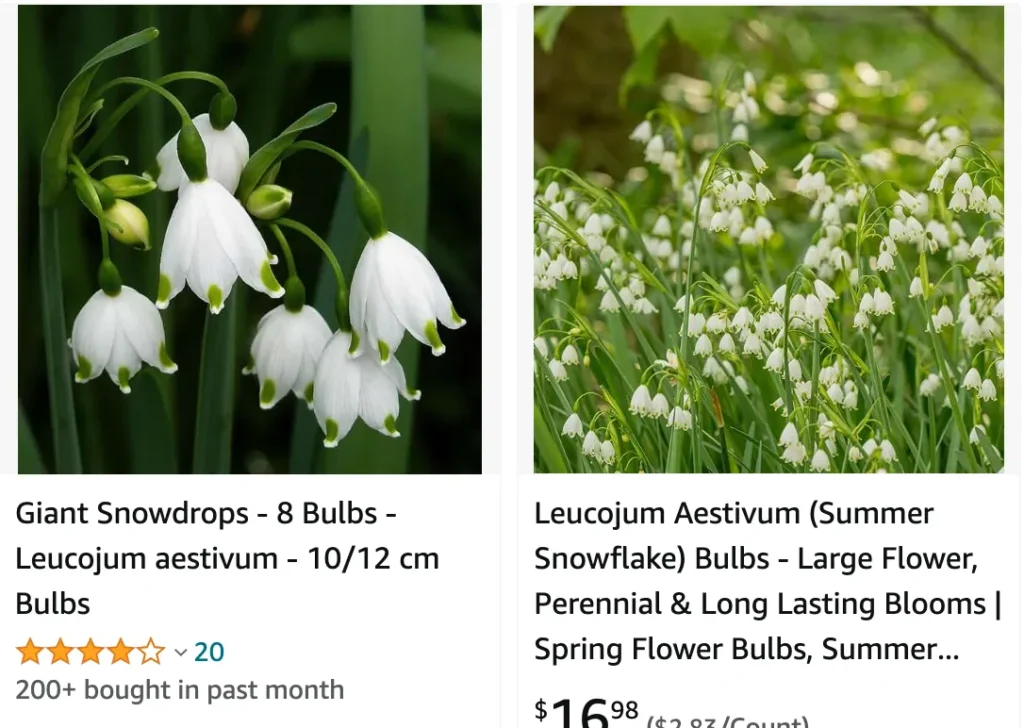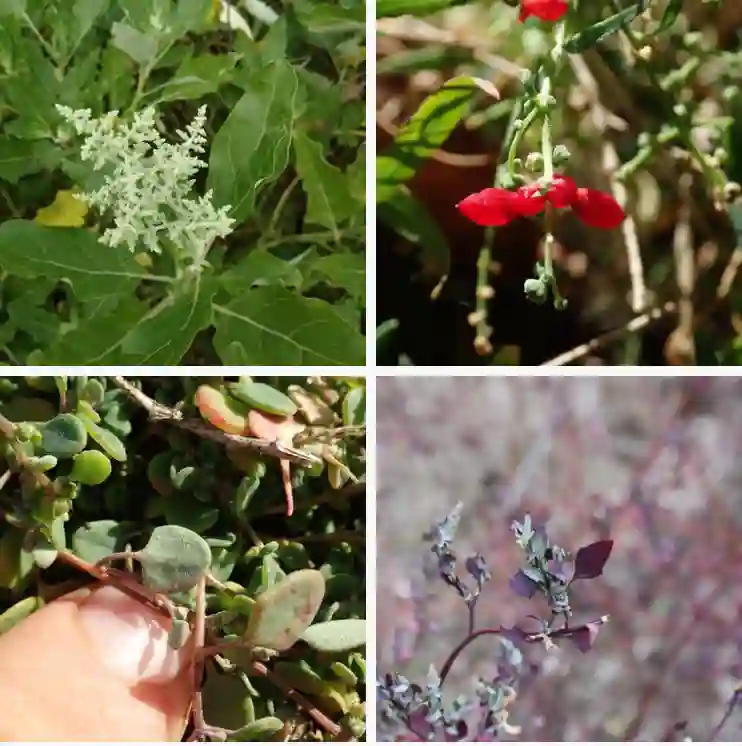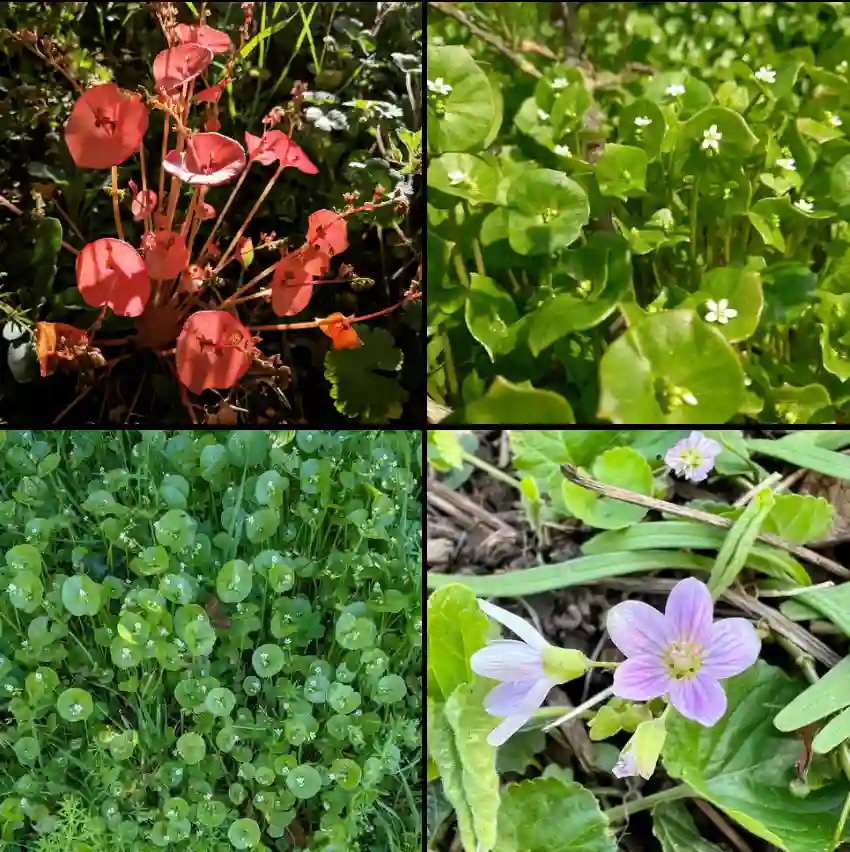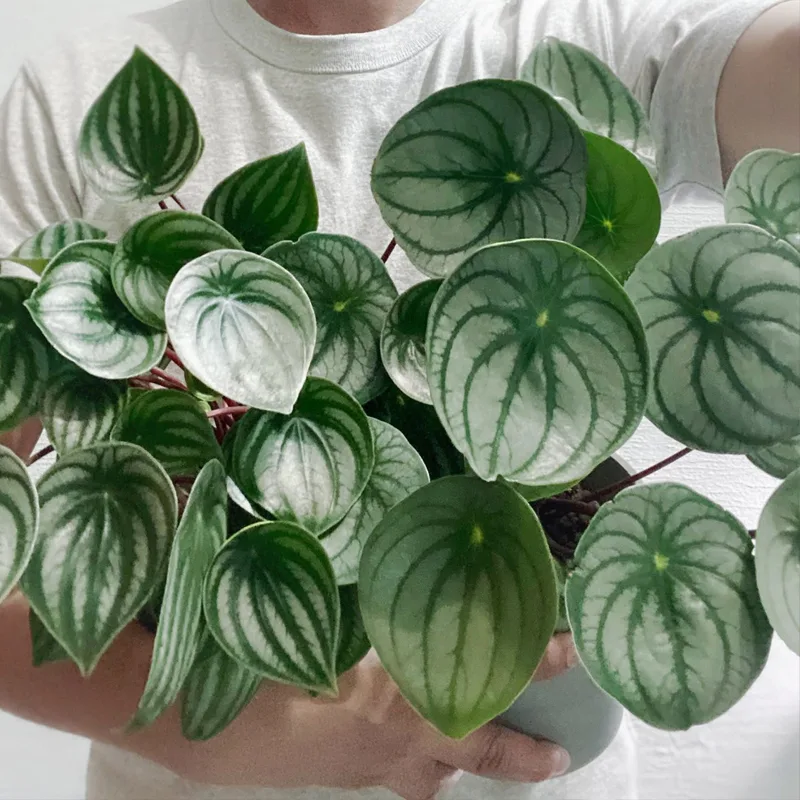
The Delicate Beauty of Leucojum aestivum: A Gardener’s Guide
There’s a certain magic to early spring flowers. They push through the cold earth, defying the lingering chill, and offer a hopeful promise of warmer days to come. Among these harbingers of spring, Leucojum aestivum, often called the summer snowflake, holds a special place in my heart. Its delicate, nodding white bells are a sight to behold, adding a touch of elegance to any garden.
Leucojum aestivum isn’t your typical snowflake. Despite its common name, it blooms in mid to late spring, not summer. But the confusion is understandable. Its drooping, bell-shaped flowers, often tipped with a hint of green, do resemble snowflakes dangling from a slender stalk. Unlike its more ostentatious cousin, the snowflake (Galanthus nivalis), Leucojum aestivum exudes a quiet charm.
Growing Leucojum aestivum has become a passion project for me. These bulbs are a welcome addition to my garden, and I’ve learned a fair bit about their care and cultivation over the years. In this article, I’ll share my experience with this delightful flower, answering some common questions gardeners have about Leucojum aestivum.
2 Species in Genus Leucojum
Where Can I Get Leucojum aestivum Bulbs?
Finding Leucojum aestivum bulbs can be a bit of a treasure hunt. Unlike some mass-produced flowers, these bulbs aren’t readily available at every garden center. However, the search is part of the charm. Here are a few tips:
- Specialty Bulb Catalogs: Many online and mail-order bulb companies specialize in unusual and heirloom varieties. These are your best bet for finding Leucojum aestivum bulbs.
- Local Nurseries: Some well-stocked nurseries might carry Leucojum aestivum, especially if they cater to passionate gardeners. It’s always worth checking with your local favorites.
- Plant Shows and Garden Clubs: These events often feature vendors selling unique bulbs. You might stumble upon Leucojum aestivum at a local event.
How to Grow Leucojum aestivum?
The good news is that Leucojum aestivum is a relatively easy flower to grow, provided you meet its basic needs. Here’s what you need to know:
- Planting: Plant the bulbs in fall, around 6-8 weeks before the ground freezes. Aim for a depth of 2-3 times the bulb’s height.
- Light: Leucojum aestivum prefers dappled sunlight or partial shade. Avoid harsh afternoon sun.
- Soil: Well-drained, fertile soil is key. Amending your planting area with compost or aged manure can improve drainage and provide essential nutrients.
- Watering: Keep the soil consistently moist during the growing season, especially during spring when the plant is flowering. However, avoid waterlogging. Allow the soil to dry slightly between waterings.
Do Chipmunks Eat Leucojum aestivum?
Unfortunately, Leucojum aestivum is not immune to hungry critters. Chipmunks, with their insatiable appetite for bulbs, can be a problem. Here are some ways to deter them:
- Planting baskets: Consider planting Leucojum aestivum bulbs in wire mesh baskets buried in the ground. This allows water to penetrate while keeping chipmunks at bay.
- Predatory deterrents: Placing owl statues or other predator decoys near your plants might deter chipmunks.
- Natural repellents: Some gardeners swear by planting strong-smelling herbs like daffodils or alliums around their Leucojum aestivum to discourage chipmunks.
Additional Tips for Leucojum aestivum Care
- Leave the foliage: After flowering, Leucojum aestivum produces long, strappy leaves. Don’t be tempted to cut them back. These leaves are essential for the bulb to store energy for next year’s blooms. Allow them to die back naturally.
- Fertilize sparingly: Leucojum aestivum doesn’t require heavy feeding. A light application of balanced fertilizer in early spring is sufficient.
- Enjoy the naturalize: Leucojum aestivum tends to multiply over time, forming beautiful clumps. This makes them perfect for naturalizing in shaded areas of your garden.
With a little care and attention, Leucojum aestivum will reward you with years of graceful beauty. Their delicate blooms are a delightful addition to any spring garden, offering a touch of elegance and a reminder that even the most delicate flowers can endure the chill. So, happy planting!
If i die, water my plants!



